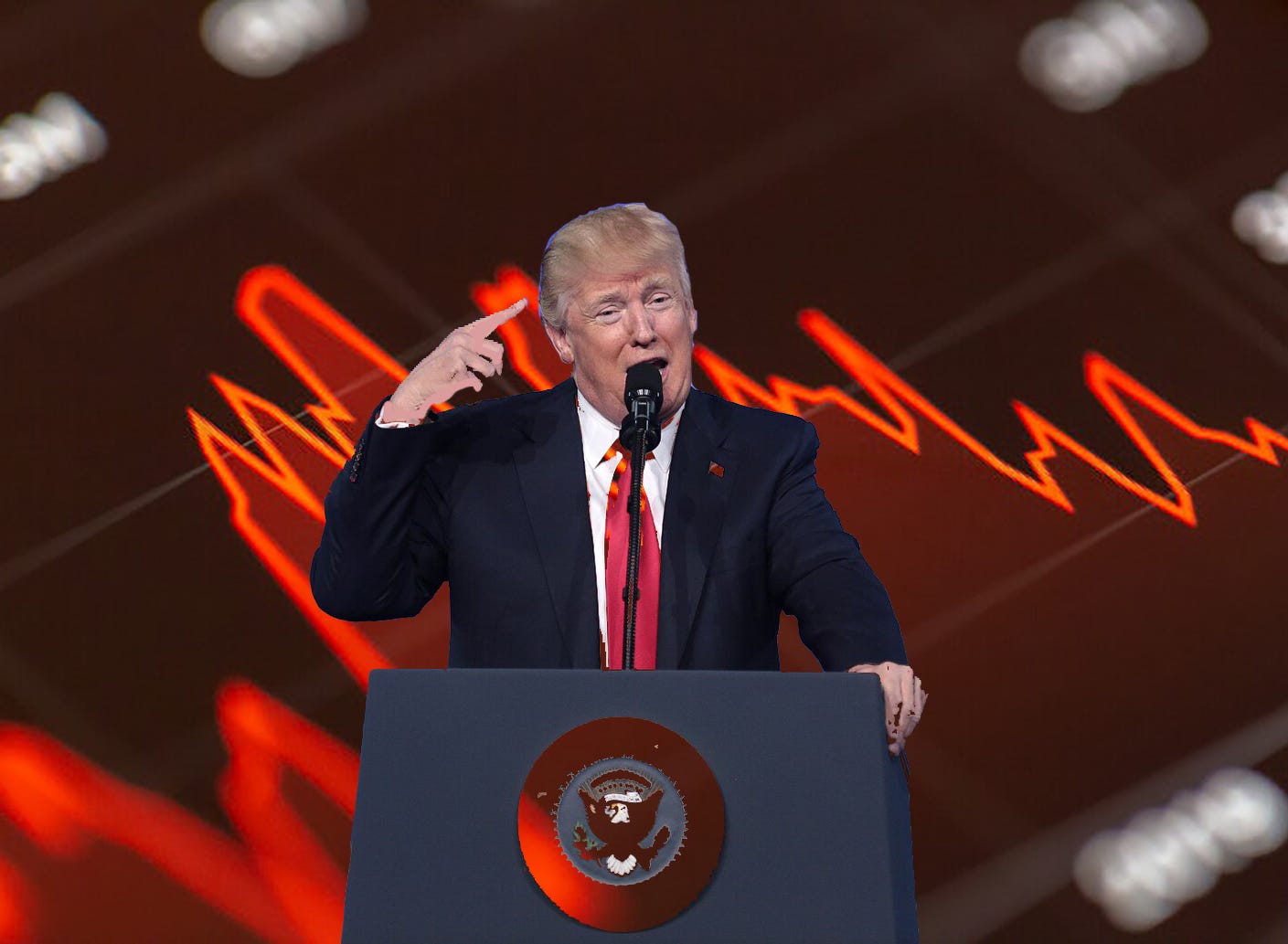


In the post-World War II period, trade relations between states were (for the most part) based on certain sound principles: fair treatment, fair competition, non-discrimination, and peaceful dispute resolution, among others. The result was an international economic order that was not perfect but often worked well, within which we saw unprecedented industrial and technological progress, a considerable increase in wealth, fairly widespread prosperity, and significant results in the fight against poverty. For some decades now, however, the mechanism seems to have jammed a little: rising inequality, stagnant wages, declining manufacturing, and the impoverishment of the middle class are serious and real economic problems, both in Europe and in the US (the rest of the world has other, equally urgent problems).
The arrival of Donald Trump in the White House—in the wake of discontent linked to these problems—has revolutionized the old paradigm. No longer sound principles but trade wars, first with China and now (it would seem) with much of the world, including the European Union and therefore Italy. High ‘tariffs’ have become a tool of geopolitical pressure. So, what is the state of the international economic and trade order, and where is it headed?
In a journey spanning nine short video lessons (one for each day of the 2025 Festival), Diplomacy recounts the universe of US tariffs in a broad but concise manner: with academic rigor but an informative approach, the mini-series traces the commercial history of the last ten years, starting with the economic fundamentals, recounts the impact of Trump’s early tariffs, and finally arrives at the geopolitical reality of his second presidential term. To paraphrase Gramsci, the old international economic order seems to be dying and the new one is slow to appear. But if monsters (tariffs) have been born in this chiaroscuro, it would be a real shame to waste a crisis.